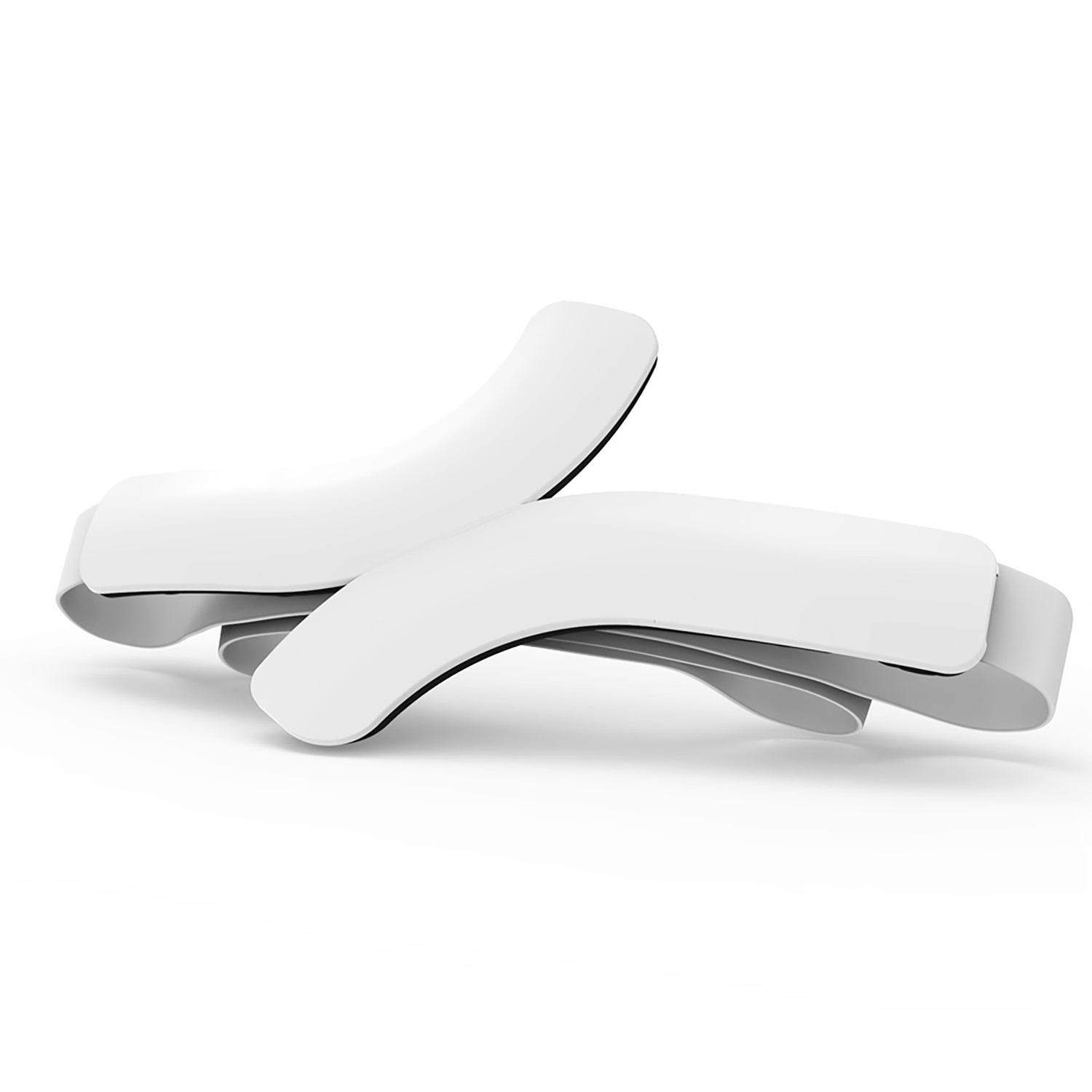Most heart-rate monitors capture just some of your heart beats, then create an average to provide workout data. That system works just fine for training, but Qardio wants to make it even more accurate with its new , which captures every single beat, plus your respiration rate (how fast you breathe in and out), giving users a much more robust way to measure how their heart responds to exercise.
It's so good that┬áthe┬áchest strap has pending* FDA approval:┬áwhich means the data could┬ábe used by doctors to give wearers medical advice. It's the first step toward bringing high-level heart-rate monitoring┬áto people outside of a lab setting.┬áÔÇťWe see how your heart is responding to the workload at a lab-quality level,ÔÇŁ says Alexis Zervoglos, QardioÔÇÖs chief business officer.
Theoretically, all this additional information will help amateur┬áathletes build better workouts. For example, with the ability to track┬áevery heartbeat and their┬árespiration rates, users┬ácan measure their┬áV02 max┬ámuch more accurately. Users can also watch┬áhow quickly┬átheir heart rate returns┬áto normal after exerciseÔÇökey in determining proper┬árecovery.┬áWhat's not clear yet is whether Qardio's companion app will be robust enough to help users┬áparse all this info┬áwithout the help of a trainer.┬á
In addition to heart-rate, the Core┬áuses an accelerometer and gyro┬áto watch┬árunning form (are you slouching?) and measure┬ácadence. The same sensors also monitor oscillation┬á(to optimize stride length), and respiration and stress┬álevels.┬áThereÔÇÖs onboard memory, too,┬áso you can exercise without bringing your phone along, and the battery's good for up to two days.
Price still hasn't been announced, but our guess is that it will be competitive with the highest-end trackers from companies like Polar, Garmin, and Suunto. At 7.3 inches wide, 3.4 inches high, and a half-inch thick, it's bigger than most heart-rate chest straps. But when I tried it on at CES this week, I found it surprisingly comfortable. 
Bottom line: This much data is likely overkill unless you're training hard. But if you are looking to fine-tune a fitness plan, it would be a very valuable tool. 
*This story has been updated to reflect a change about FDA approval.


